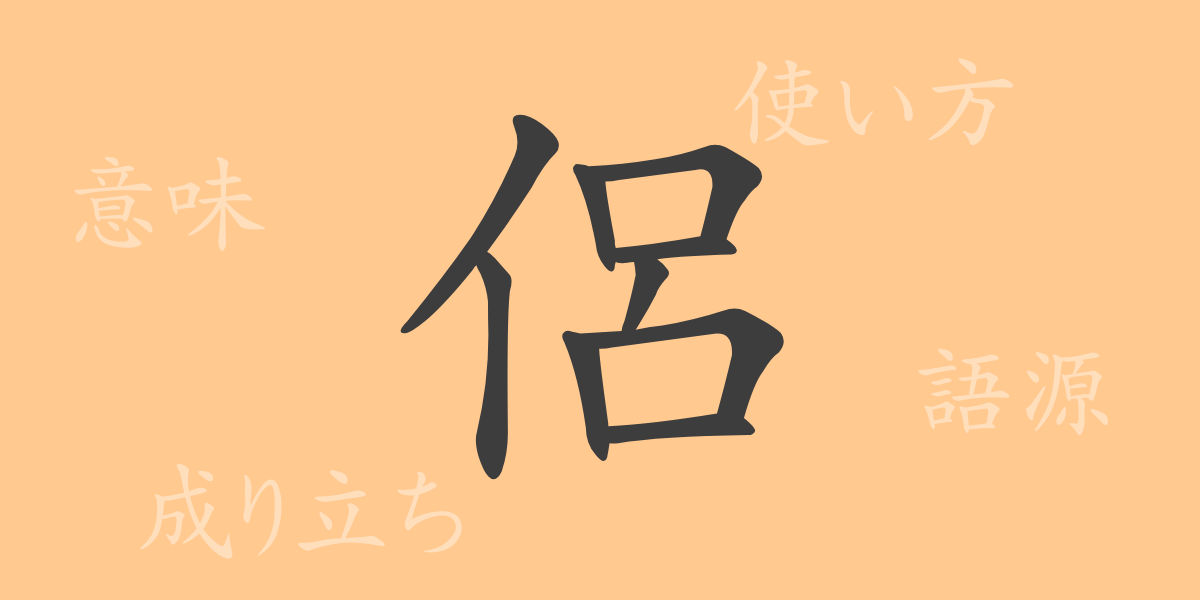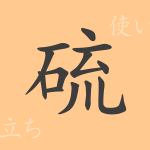Japanese kanji (かんじ, kanji) characters are imbued with deep history and meaning through their shapes and sounds. The character “侶” (りょ, ryo) is no exception. Though seemingly simple, this kanji, which expresses relationships and bonds between people, hides rich expressions closely tied to our daily lives. In this article, we will delve into the world of “侶” (りょ, ryo), exploring its origins and modern usage.
Origins of 侶 (りょ, ryo)
The origins of the kanji “侶” (りょ, ryo) trace back to ancient China. Originally sharing the same root as “僚” (りょう, ryo), it referred to people acting together. Over time, “侶” (りょ, ryo) came to specifically denote more intimate relationships, such as “companion” or “partner.” This evolution reflects the deep-rooted cultural importance of bonds and partnerships among people.
Meaning and Usage of 侶 (りょ, ryo)
The kanji “侶” (りょ, ryo) is generally used to mean “companion,” “comrade,” or “partner.” Especially in the term “伴侶” (はんりょ, hanryo), it often refers to a married couple’s relationship, symbolizing deep trust and bond. It is also used to refer to friends or comrades, representing relationships where time is spent together and mutual support is given.
Reading, Stroke Count, and Radical of 侶 (りょ, ryo)
The reading and structure of the kanji “侶” (りょ, ryo) reflect the beauty of the Japanese language.
- Reading: The on’yomi (音読み, on’yomi) is “リョ” (りょ, ryo), and the kun’yomi (訓読み, kun’yomi) is “とも” (とも, tomo).
- Stroke Count: The kanji “侶” (りょ, ryo) has 9 strokes.
- Radical: The radical is “亻” (にんべん, ninben), indicating it is related to people.
Idioms, Proverbs, and Phrases Using 侶 (りょ, ryo)
Idioms and phrases that include “侶” (りょ, ryo) reflect a deep understanding of human relationships. Here are a few examples:
- 伴侶 (はんりょ, hanryo): Refers to a lifelong spouse.
- 道侶 (どうりょ, doryo): Indicates comrades or friends walking the same path.
- 旅侶 (たびりょ, tabiryo): Refers to companions on a journey.
Summary of 侶 (りょ, ryo)
The kanji “侶” (りょ, ryo) plays an important role in our daily lives. This single character, symbolizing the connections between people, embodies the importance of trust and partnership. Familiar as a common kanji in Japanese, “侶” (りょ, ryo) teaches us about the richness of the Japanese language and the depth of human relationships. It is essential to continue valuing and reflecting on the importance of bonds through this kanji.

























